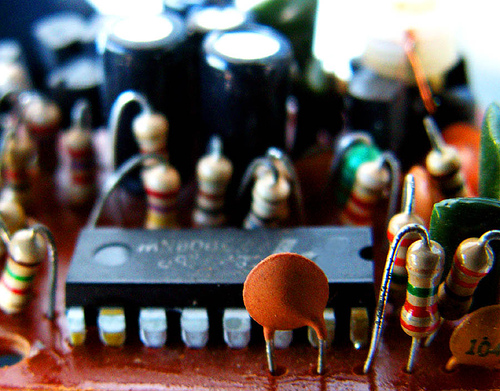Emerson Network Power, a business of Emerson (NYSE: EMR) and a global leader in maximizing availability, capacity, and efficiency of critical infrastructure, today introduced Energy Logic 2.0, a vendor-neutral roadmap of 10 strategies that can reduce a data center’s energy use by up to 74 percent. The approach, detailed in a new e-book, updates the original Energy Logic, introduced by Emerson Network Power in 2007, and incorporates the advances in technology and best practices that have emerged in the past five years.
Emerson Network Power is also launching the Energy Logic 2.0 Cascading Savings Calculator, an online tool that enables data center managers to calculate the approximate energy savings from employing these updated strategies in their data centers.
“Energy Logic 2.0 clearly shows there are great opportunities to optimize the data center,” said Jack Pouchet, vice president of business development and director of energy initiatives for Emerson Network Power. “Energy efficiency remains a priority, and a new generation of management technologies that provide greater visibility and control of data center systems has arrived. The data center industry is better positioned than ever to make a serious impact in reducing overall data center energy consumption.”
Energy Logic 2.0 is based on a cascade effect, which quantifies how savings at the IT component level are magnified in the supporting systems, and recommends an approach to optimize the efficiency of core IT systems.
For example, in a data center with a PUE (Power Usage Effectiveness) of 1.9, a 1 Watt savings at the server processor creates a savings of 2.84 Watts at the facility level as a result of the cascade effect. At higher PUEs, the savings is even greater.
What’s New in Energy Logic 2.0
The original Energy Logic approach in 2007 was designed and tested on a 5,000-square-foot model data center. This year, Emerson Network Power again used a model data center of the same size to build the Energy Logic 2.0 roadmap. This time, however, recent technological advancements have enabled even greater energy savings.
For instance, Energy Logic 2.0 shows how the energy consumption of the base 5,000-square-foot data center can be reduced from 1,543 kilowatts to 408 kilowatts, or by up to 74 percent. In addition to the cascade effect, Emerson Network Power has quantified the “reverse” cascade effect: the total energy wasted by stranded capacity. Emerson Network Power has found that 1 Watt of energy wasted on an unproductive server creates an additional 1.95 Watts of waste at the facility level.
A number of updates were made to Energy Logic 2.0, resulting in the improved energy efficiency results. For instance, key strategies such as high-efficiency server components, power architecture improvements, and temperature and airflow management have been updated to reflect recent technological advances. Additionally, Energy Logic 2.0 takes into account the increased adoption of server virtualization compared with five years ago. Finally, Information and Communications Technology (ICT) architecture is highlighted as an emerging best practice that delivers energy savings by optimizing IT and networking architecture, and data center infrastructure management (DCIM) is incorporated because it provides the visibility and control required to fully leverage multiple Energy Logic strategies.
